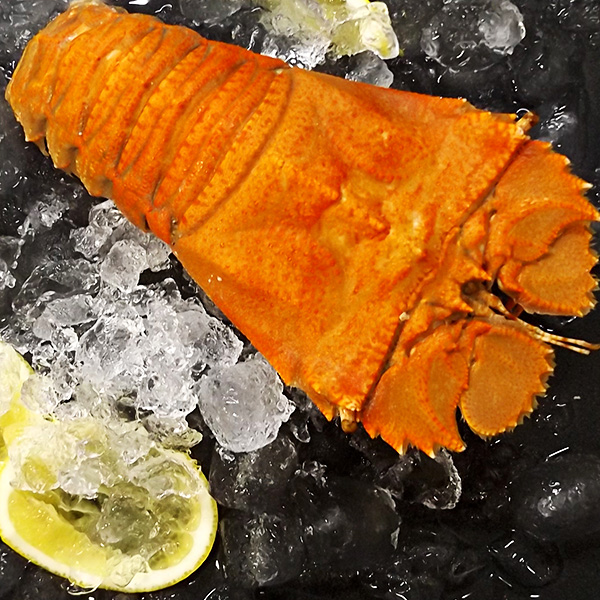Posted on 11/17/2022 11:14:40 AM PST by Red Badger
Newly released data on the global insect protein market by FMI Estimated that the insect protein market enjoyed year-on-year (YoY) growth of 8.2% in 2022 and is accounted for USD 349.2 Mn and is expected to witness a prominent CAGR of 9.2% to reach the value of USD 838.5 Mn in 2032. Revenue for the insect-based pet food segment grew by 18% during the period 2017-2021 while the Demand for beetle protein increased by 11% between 2020 and 2021.
The global insect protein market is expected to grow at a stunning 9.2% CAGR from 2022 to 2032. This growth can be attributed to the technology’s quick adoption by both producers and consumers. The economic benefits, productivity improvement, and nutritional value provided by insects are the primary drivers of expansion in the edible insect protein sector.
Because of the higher efficacy of protein and minerals in edible insects like beetles and caterpillars, global insect protein industry is expected to reach USD 349.3 million by 2022. Insect protein producers are profiting from growing public health and environmental concerns about traditional animal proteins.
Caterpillars, that have a spectacular double-digit rate of growth of much more than 10.2%, are followed by beetles, which account for more than a quarter of the marketplace. The nutritional advantages of these edible insects, as well as their widespread availability, are propelling expansion in these categories.
More than three-fifths of the worldwide insect protein market is accounted for by Europe and America. Customers are embracing insect protein items manufactured by up-and-coming start-ups such as Eat Grub and Aspire Group. This increase might be attributed to increased consumer awareness of animal agriculture’s harmful environmental consequences. In these highly industrialised areas, insect protein offers a viable option to the informed customer.
Beef only has 29% nutritional protein, while crickets have 69%. The nutrient value distinction between insect protein and regular protein powder is a significant trend driving this business. Insect cultivation for protein extraction requires 8 to 10 times lesser land, 5 times less freshwater, and produces 6 to 12 times fewer greenhouse gas emissions.
Additionally, as the global public becomes more aware of the harmful effects of animal agriculture, corporations are looking for alternatives. Insects include a wide variety of essential amino acid residues, fatty acids, minerals, and vitamins. Because of its medicinal and operational benefits, insect protein is widely accepted by producers and consumers.
Key Takeaways from Market Study
The insect protein market is expected to expand at CAGRs of 5.8% and 6.1% in Europe and America, respectively, through 2032.
The European insect protein market currently holds 27.4% share of the total market. During the timeframe of 2017-2021, revenues for insect-based pet food category increased by 18%. Throughout 2020 and 2021, consumption for beetle protein climbed by 11%. “Insect protein producers would generate revenue if they targeted the protein industries. Because of the increased need for health supplements goods throughout the world, the food supplements business might be a viable business model for insect protein.,” says a Future Market Insights analyst.
Competitive Landscape
Insect protein suppliers are investing a lot into studies and technology to ensure the quality of their goods.
Eat Grub collaboration with SOK: Eat Grub a significant producer of insect protein located in the United Kingdom, is cooperating with SOK, Finland’s biggest grocery store chain.
AgriProtein acquired Millibeter N.V: Millibeter N.V was acquired by AgriProtein in 2018. This deal will assist AgriProtein in establishing its first facility in Belgium. The investment is anticipated to extend the company’s European market.
EnviroFlight LLC: The firm launched its first production facility in the United States, and it plans to expand its insect protein extraction plant utilizing Black army flies.
Market Segments Covered in Insect Protein Market Analysis
Get in on the GROUND FLOOR!.................
I’ll eat squirl, rabbit, whitetail, any number of fowl. Not bugs.
What’s the P/E, what’s dividend yield?
Do all of those morons who voted for Democrats realize that powerful interests in the party are promoting that we get most of our protein from insects? The Republicans might have done a lot better if they had run a campaign that said, “Want to be forced to eat insects and grubs? Vote Democrat!”
Sadly, the Gen Z voters would have said Yes they do want to eat grubs.
I’ll eat most anything that doesn’t eat me first!................
farming will be restricted in the name of globull warming hoax
bugs may be all that most can afford
It’s disgusting same as their Lab Meat


Did you know that Soylent Green is people?
5.56mm
Meanwhile, Klaus is smiling
Insects are part of the ecosystem and are essential to it. Harvesting them for food will impact the ecosystem. We will be told that it’s no big deal. I won’t believe it just as I don’t believe the people who claim to know what’s best for us.
They are ‘farm raised’..................
They are raised inside “factories” which means there is no CO2 emissions, no pesticides, no water consumption, no runoff, etc......all the things that come from meat and vegetable farming....which is why they are trying to drive farmers out of business.
All your needs can be “manufactured”
The youth will support this whole-heartedly because they care more about the environment than a rare bone-in ribeye steak.
You’ll own nothing, eat bugs, and be miserable.

This dodgy looking thing is called a Bug ... the tail is about the same as a lobster. The rest, I didn't try to eat.
Just no.
Insect Protein is the new “plant based meat”.
When one scam falters, another will take its place.
Disclaimer: Opinions posted on Free Republic are those of the individual posters and do not necessarily represent the opinion of Free Republic or its management. All materials posted herein are protected by copyright law and the exemption for fair use of copyrighted works.